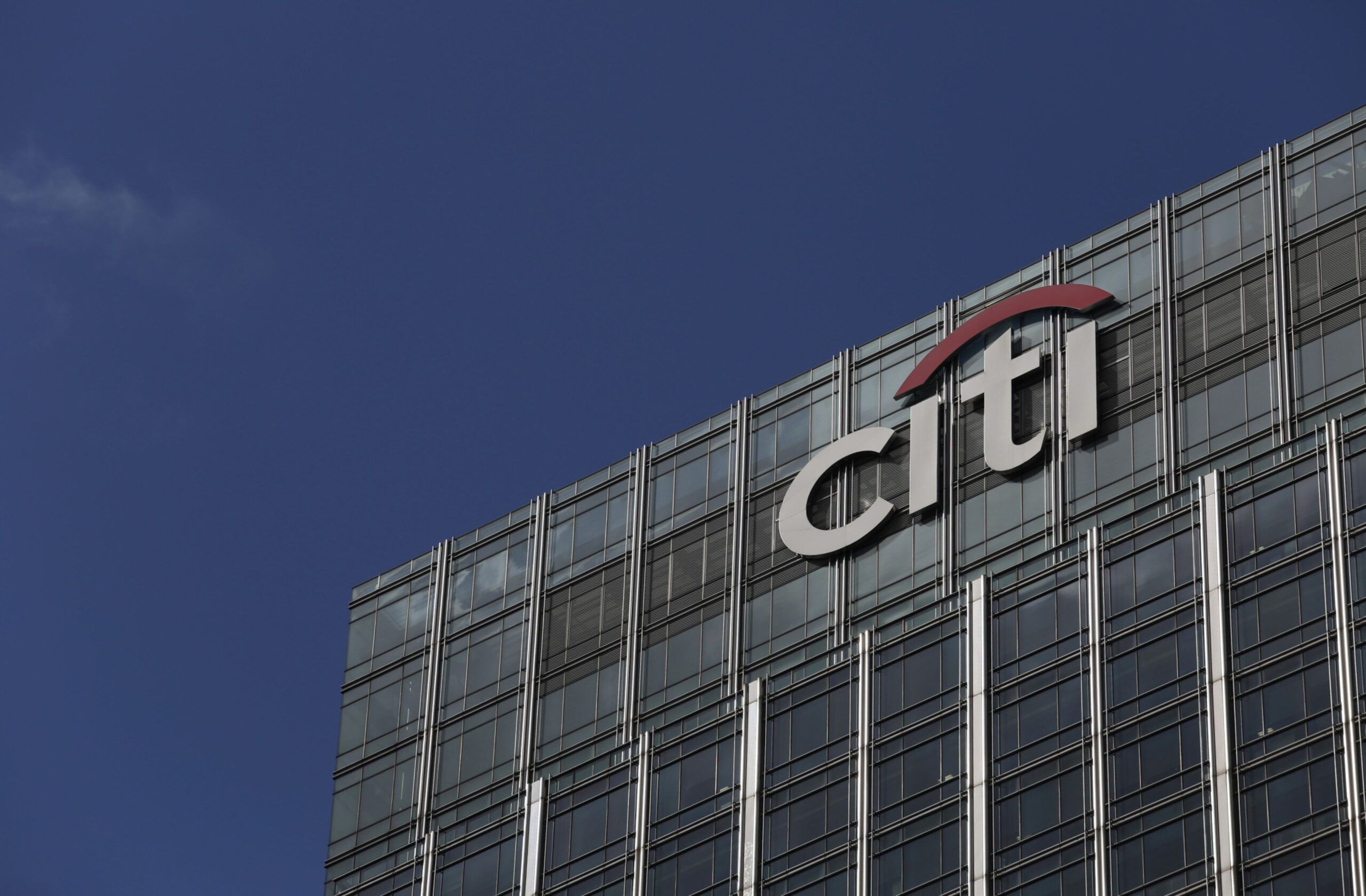Fifth generation rides Edwards brands toward RIA market
Regional brokerage Benjamin F. Edwards is still in its 'first inning' of growth.
Ten years after launching his own brokerage business and riding the breakaway broker wave to more than $23 billion under management, Benjamin F. “Tad” Edwards IV sees a fresh opportunity in the registered investment adviser channel.
Mr. Edwards makes it clear that the St. Louis-based Benjamin F. Edwards & Co. is not abandoning its network of 251 brokers in 68 offices across 27 states, but he also isn’t going to ignore a powerful growth channel.
“We are aware of the 25-year trend where a number of advisers are attracted to the RIA space,” he said. “Even though our crown jewel is still the traditional wealth management model, this is a way to attract more high-quality people and go where the trend is going.”
Despite a proven growth strategy that had expanded the brokerage to 10 offices in six states just two years after Mr. Edwards left Wachovia in 2008 to launch his own firm, the potential of a hybrid RIA model is too attractive to ignore, according to Carolyn Armitage, managing director at the investment bank Echelon Partners.
“This offers them a different option, because they are looking at focusing both on breakaway advisers from wirehouses and from RIAs,” she said. “The hottest model out there right now is offering RIAs and other executives a chance to participate in the equity of the firm.”
Danny Sarch, a brokerage industry recruiter, downplayed the brokerage firm’s expansion into the RIA space as “semantics, because to the client it’s all the same.”
“It’s a pragmatic thing to do and it’s a smart thing to do,” he added. “But the RIAs are already independent firms, and existing RIAs just don’t join captive firms.”
Ms. Armitage sees it differently, pointing to so-called generation-two RIAs, which she calls “G2s.”
“Traditionally, the breakaway term has been used to describe breakaways from wirehouses, but now we’re seeing these G2 breakaways from RIAs when they’re not given the recognition they want,” she said.
Traditional breakaway broker recruiting, which has until now been the bread and butter of Benjamin Edwards’ growth mode, has been fueled by a steady stream of departing brokers, including more than 400 per year from wirehouses for the past three years.
But Ms. Armitage said the growing movement among G2 RIAs should not be overlooked.
Echelon has counted more than 200 RIA breakaways over the past three years, but Ms. Armitage admits those numbers are difficult to track and speculates that the actual numbers could be “three to five times higher.”
The RIA breakaway movement that Benjamin Edwards is hoping to capture a piece of is at least partially driven by advisers who join a firm looking to be a part of the owner’s succession plan, but get tired of waiting.
“Only about a third of advisers have a succession plan in place,” Ms. Armitage said. “After several years of waiting, the G2 can get frustrated and will end up leaving, often to join another, larger RIA where they would have opportunities.”
Shirl Penney, chief executive of Dynasty Financial Partners, welcomed the new player to the RIA-recruiting space.
“All roads continue to lead toward the RIA space for both advisers and their clients,” he said. “We expect the RIA segment of wealth management to experience rapid change, evolution and growth, and part of this will bring new entrants.”
Mr. Edwards, 62, said the expansion into RIA recruiting is less about targeting that segment than it is about simply casting a wider net.
“Our model to date has been hiring advisers in the traditional wealth management model with branch offices, and we will continue in that space,” he said. “In addition, now we’re going to add another channel, our RIA hybrid model, where a small portion of business we are allowing to be non-advisory.”
The new hybrid platform will bring RIAs on as 1099 employees to operate under an as-yet unnamed wealth management banner that is affiliated with the brokerage business.
“It’s a little like when Coke added Diet Coke,” Mr. Edwards said. “It didn’t affect Coke sales at all, it just gave them an opportunity to connect to a larger market.”
The key, according to Mr. Edwards, is to continue leveraging the strength of the family name, which dates back 131 years through five generations in financial services.
“The Edwards name resonates very well with clients,” he said.
The tradition that Mr. Edwards has been advancing dates to 1887 when his great-great-grandfather Albert Gallatin Edwards started the A.G. Edwards brokerage firm in St. Louis.
In 2007, 30 years after Tad Edwards joined the business, A.G. Edwards was acquired by Wachovia Securities.
In terms of how long the Edwards brand will last, Mr. Edwards points out that his son, who is a college sophomore, is “highly interested” in financial services. “But I plan on working forever,” he added.
Asked about the possibiilty of a larger firm coming along to acquire and absorb the Edwards brand, Mr. Edwards said the company, with no debt and no outside investors, is “100% staying independent.”
“We have a below-zero interest in ever being acquired,” he said. “I believe we’re in the bottom of the first inning.”
Learn more about reprints and licensing for this article.








